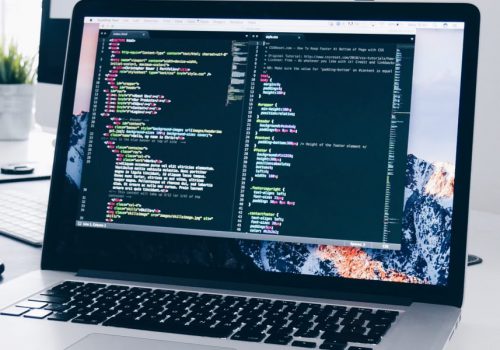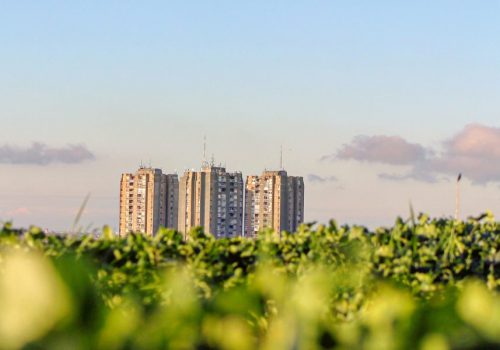As the world continues to progress along the green transition, it needs more green skills. Can standards help support the skills revolution?
As the world progresses on its path to a more sustainable future, workers are acquiring new green skills. The United Nations Environment Programme has recently stressed the critical importance of building a skilled workforce to power the green transition. And while this is happening faster than ever before, it’s still not fast enough.
According to the International Labour Organization, an estimated 24 million new jobs could be created worldwide by 2030 if the right policies to promote a greener economy are put in place. This statement is mirrored by a yearly 8 % growth in green job postings on LinkedIn in the past five years. Meanwhile, the global share of green talent has only grown by 6 % each year.
Many are already feeling left behind by the current rate of progress. Over half of workers believe the green transition will make it harder for them to find work in the future. The workforce is falling behind.
Green skills span virtually every industry and come in many forms.
Top trends in green jobs
When it comes to work in the sustainability space, we are often presented with images of a solar panel technician or a wind turbine engineer. In reality, green skills span virtually every industry and come in many forms. LinkedIn’s Global Green Jobs Report distinguishes between green jobs, greening jobs and non-green jobs. Green jobs cannot be done without green skills, greening jobs can be performed without green skills but tend to rely on them, and non-green jobs do not require green skills at all.
The fastest-growing green skills are in ecosystem management, environmental policy and pollution prevention. But in addition to responsibly managing the environment, skills in clean energy, sustainable finance, construction, technology and urban planning will also be required for an effective and inclusive green transition. The LinkedIn report specifically mentions jobs such as fleet managers, data scientists and health workers as examples of non-traditional green jobs that will increasingly require green skills.
The message is clear: In a green economy, green skills won’t just be reserved for those working in renewable energy – they will be ubiquitous. The infrastructure to upskill workers must be put in place right now, so that the green transition can be a success in the long run.
The infrastructure to upskill workers must be put in place right now.
Filling the skills gap
International Standards can help to bridge the gap between demand for skilled workers and supply of people with those skills. This is confirmed in LinkedIn’s latest research, which highlights that knowledge of ISO 14001 (environmental management) was identified as one of the top ten skills added to LinkedIn member profiles in the past five years.
Clearly, International Standards are already central to this unprecedented metamorphosis of the labour market. They act as conduits for upskilling – as is the case with ISO 14001 – as well as providing foundations for effective communication and progress. To speed up the inclusion of green skills in the workplace, it is proposed to reap the benefit of International Standards more widely by incorporating green skills into their development from the ground up.
The inclusion of green skills into ISO standards not only promotes their mass adoption, it also enables companies to clearly identify which skills are needed where, so that their workers can navigate the labour market with purpose. Thus far, reports LinkedIn, when comparing the most important green skills for employers against those most important to candidates, there is only a 50 % match. Shared standards can help to bridge the gap between skills required and skills available, and to make the green transition a success for everyone.
Shared standards can help to bridge the gap between skills required and skills available.
A green future for all
Another key finding in the LinkedIn report is that there are significant gaps in how green talent is developing and where green skills are available. These occur along the lines of geographical location, gender, generations and education levels. For example, low-income countries are upskilling their workforce at a slower rate than more prosperous countries – and in less niche skills.
By investing in green skills, employers, governments and the global workforce can contribute to making sure the transition towards a green economy is fair and just for all, so that nobody gets left behind. As a society, we must all ensure that the green transition doesn’t just benefit a lucky few. International Standards can help to bridge the gaps by creating a framework that everyone can adhere to.
Disclaimer: PECB has obtained permission to publish the articles written by ISO.









